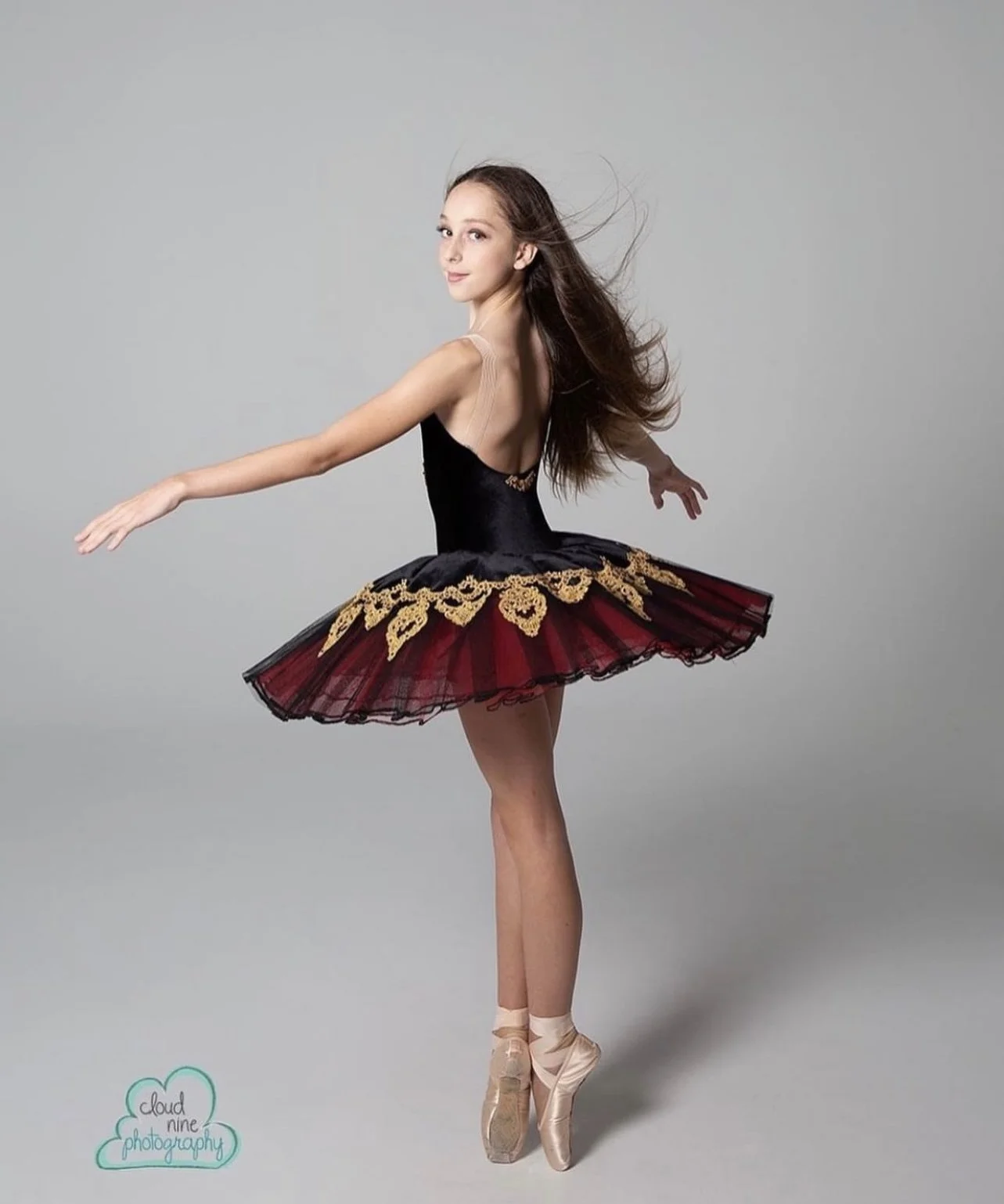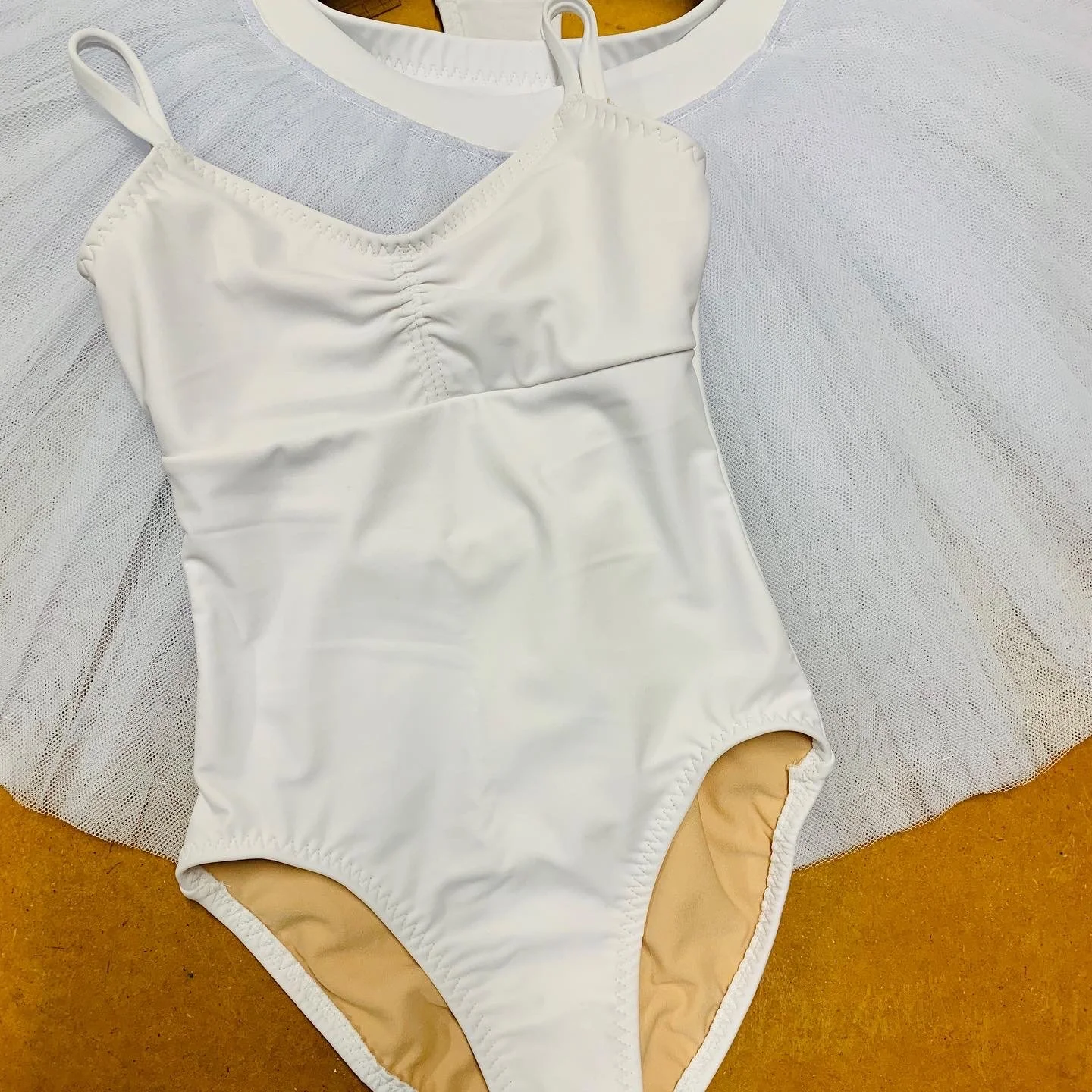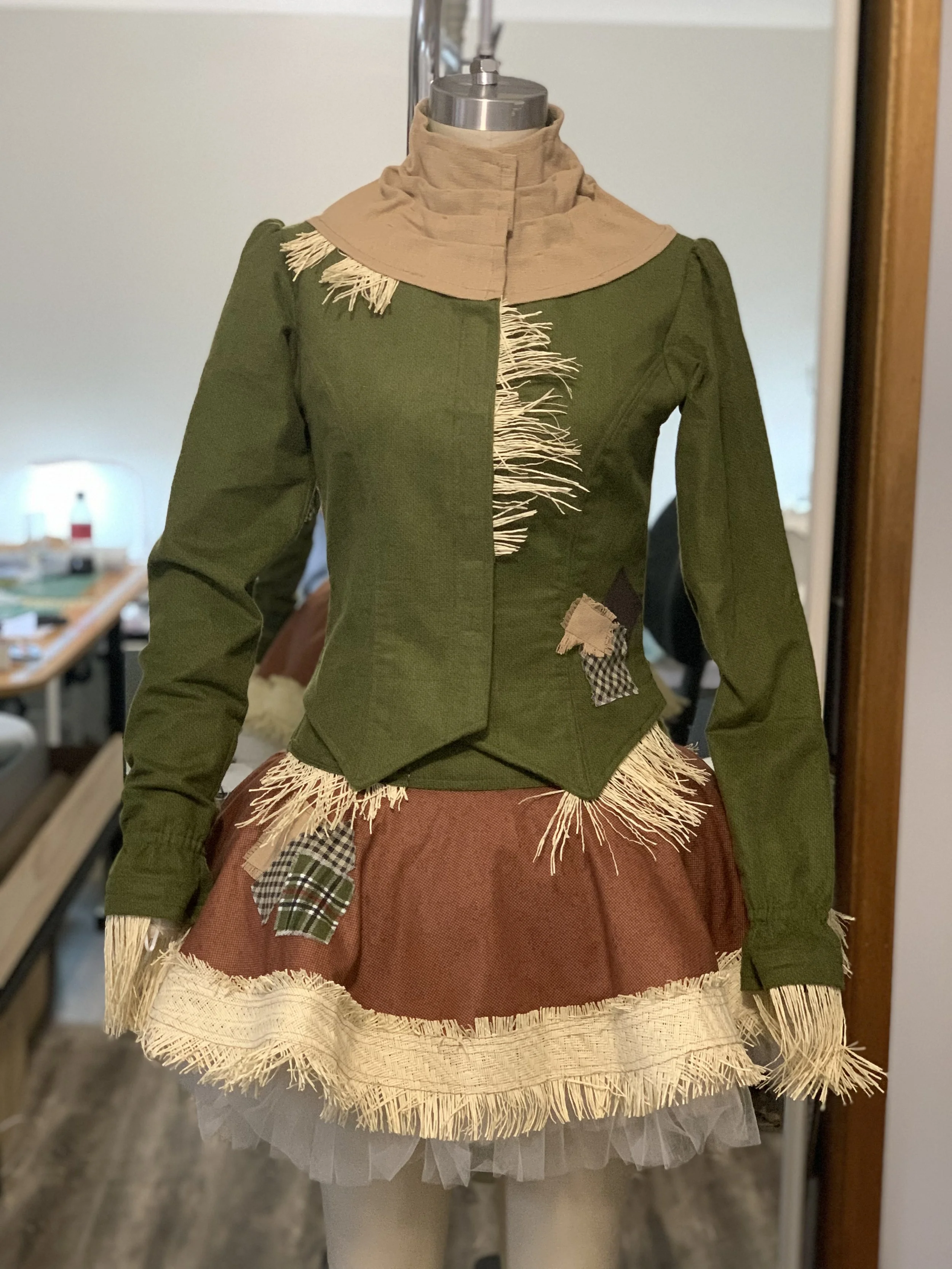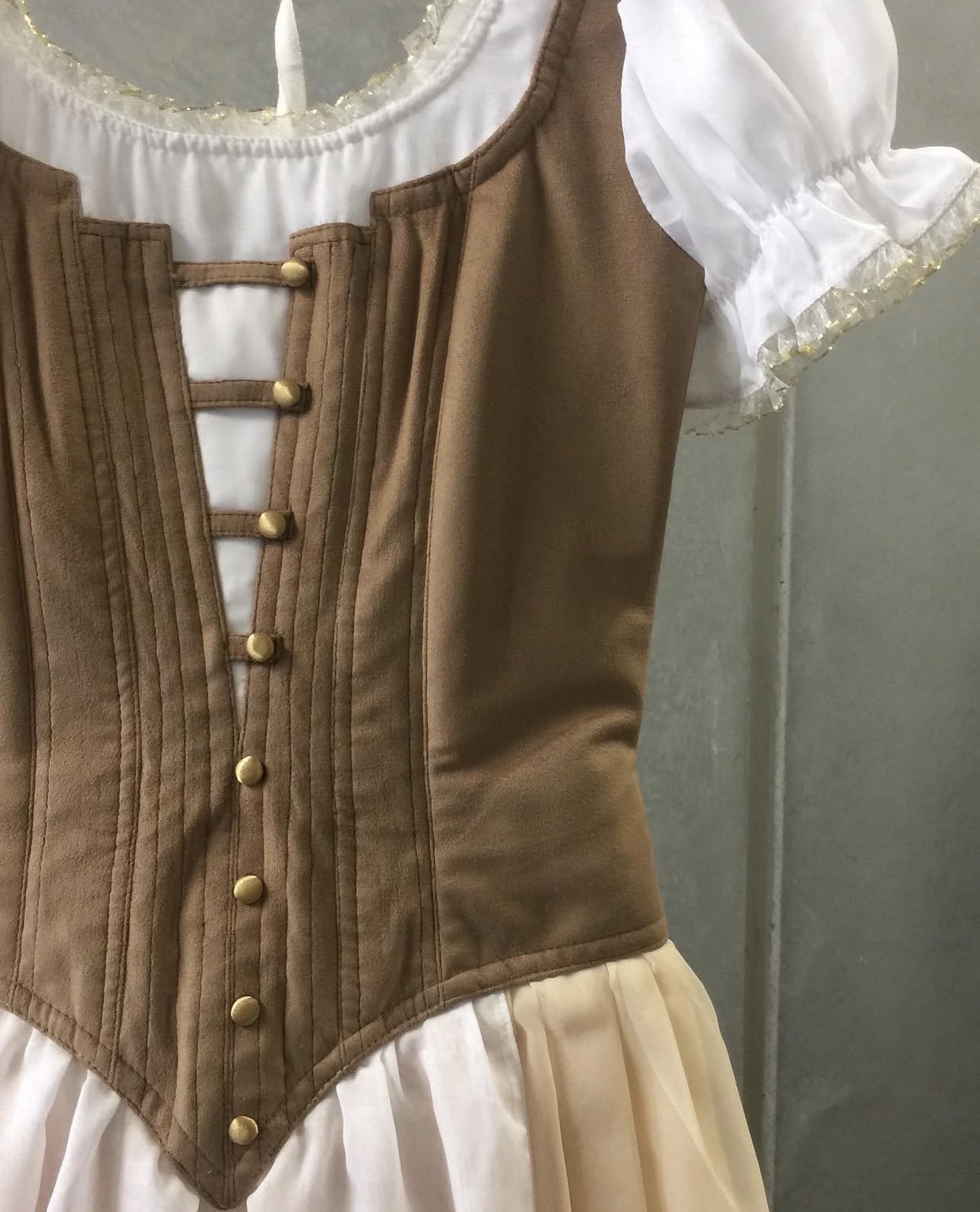
Learn the art of creating a Tutu.
Stretch Tutu. — Traditional Tutu — Dance Costume
Professional patterns with step-by-step instructions are also available to be purchased for both styles of tutus. Suitable for a confident intermediate level dressmaker or seamstress to use. Adult’s and children’s sizes available. If you wish to purchase patterns and instructions separately just contact Dressmaking Lab to arrange your special purchase.
Explore Tutu and Dance Courses below…
Stretch Tutu
Intermediate sewing skills are need.
Stretch tutus are a combination of a leotard and netted skirt. You need to first learn how to make a tutu leotard. You will find working with stretch fabrics, easy to learn as the fabric naturally creates a beautiful close fitting garment.
You will also create a separate netted skirt and will learn how to attach it to your leotard. Lastly you will learn how to hand stitch the skirt layers into the professional pancake shape suitable to performance tutus.
Learn to make professional stretch tutus that combine practicality and style for dancers.
Traditional Tutu
Intermediate to Advanced sewing skills are need.
Mastering a professional traditional tutu demands precise sewing and fabric handling, patience, and skill. From choosing quality netting and suitable corset fabrics, to fitting your tutu to the dancer, accuracy is key.
You will be constructing a corset, basque, panties and netted skirt then combine all the pieces to create a professional tutu.
You will learn crafted techniques that honour ballet’s rich heritage and tradition while ensuring a stunning, elegant, and highly functional garment designed specifically for dancers.
BYO Tutu or Dance Costume
Advanced Beginner to Intermediate sewing skills are need.
Bring your own Tutu or Dance sewing project and enjoy the support of an experienced dressmaker in a small group of friendly sewers. Whether you're decorating a new tutu or making a costume or leotard, you’ll get personalised help, useful tips, and guidance. Learn new skills, solve problems, and enjoy the company of a welcoming sewing and dance community.
Dance costuming — just bring your own materials and a love for creating and join in the fun.
Beginner — You've used a sewing machine before but need a quick refresher to regain confidence. Maybe you last sewed in school and feel rusty. You've completed some small projects and now want to start making your own clothes.
Confident Beginner — You sew straight and curved seams accurately with even allowances, understand various seams and finishes, can thread machines, wind bobbins, fix tension issues, and have completed a small project or one of our beginner courses.
Advanced Beginner — You’re experienced with various garment patterns, fabrics, and sewing tools. You skill-fully can use different presser feet, install zippers, and cut fabric precisely. Joining our classes, you’ll gain confidence and polish your skills to make every project professional and refined.
Intermediate — You love sewing and can adjust patterns for the perfect fit. By following instructions closely, you master complex techniques, ensuring each detail is neat and professional. Your focus on fit and finish makes every garment polished, reflecting your passion and skill.
Advanced — An advanced sewing level means mastering complex techniques like precision tailoring, detailed pattern drafting, and expertly handling various fabrics. Sewers create high-quality garments using advanced stitches, seam finishes, and embellishments. They troubleshoot fit issues, modify patterns, and use specialised equipment such as industrial machines or sergers. This level requires meticulous detail, deep garment construction knowledge, and creative innovation within dressmaking.







